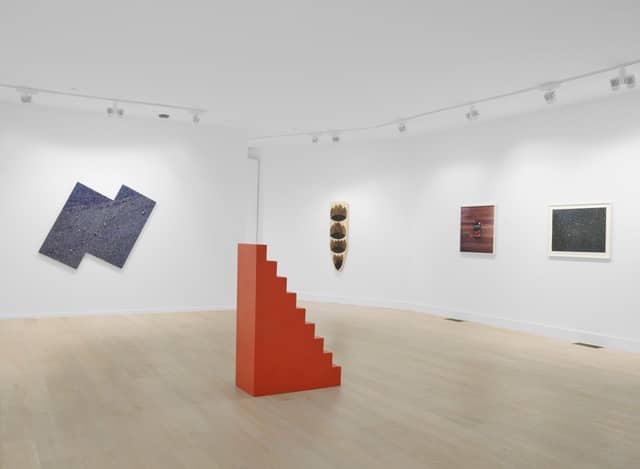The Future of Art: Willie Cole, a contemporary artist creating unique work and positive change.
Willie Cole has been making innovative work with unique iconography for over half a century, but talking to him, he sounds like a friendly, smart colleague or neighbor next store. Perhaps that’s why his work is so accessible and inspirational.
The artist, who lives in Mine Hill, NJ, has been the subject of shows at the Museum of Modern Art, New York (1998), Bronx Museum of the Arts (2001), and Miami Art Museum (2001). These institutions, some of the biggest in the world, along with private collectors from New York to Los Angeles, see something provocative in his work.
When Art Review City caught up with him, the artist invited us to a visit his home studio where he was finishing the works for the collective exhibition “There’s There There,” curated by renowned American artist Rashid Johnson at blue-chip gallery Hauser and Wirth’s Southampton location. This show invites visitors to reflect upon the pleasures and complex histories of the shapes, movements, and objects that permeate the everyday, and Cole’s ironing board works are clearly the stars of the show.

The artist has spent a lifetime working to look at thing differently than most artists. He is most concerned with recycling, green energy, and living a healthy and spiritual life to live at one with Mother Earth. He spent many of his early days in a pew at Sunday School, and later studied Buddhism in high school and college, but today he says he is a “no-frills nature worshipper” which explains a lot about him as a man and as an artist. “Nature, no matter what you call it, is powerful, and it deserves to be admired … Click here to read more










